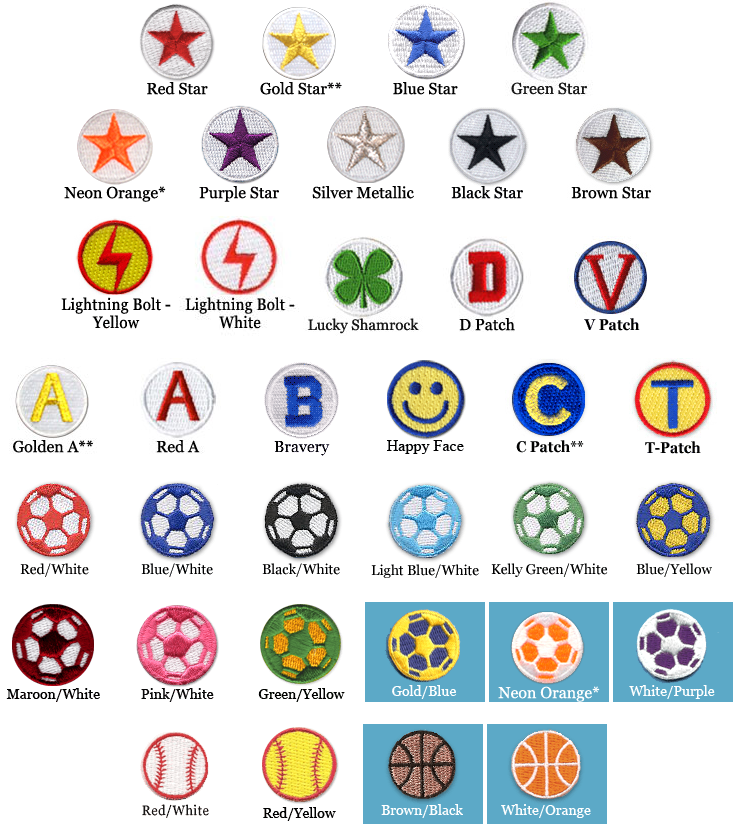Soccer Styles of Play
If there are terms or concepts you want to read about such as First Attacker or First Defender, use the SoccerHelp Dictionary.
On offense, the two primary styles of play are a direct attack (which tries to quickly move the ball into scoring range, often using long passes, through balls, or long air balls) and an indirect attack (also called a Possession style, which is slower and uses many short passes, often sideways or backwards, while looking for a weakness in the defense.) When you attack, you can Defend Deep (meaning to leave your defenders near your goal to defend against fast counterattacks) or "Push Up" (meaning your Fullbacks move up toward your Halfway Line to support your attack). On defense, the two primary styles of play are a zone defense and a marking defense (i.e., a man-to-man defense). There are several different terms that describe other styles of play. For example, passing to feet vs. passing to space and onball attacking vs. off-the-ball attacking. With most formations you can use different styles of play. On offense, an Indirect Style of Attack is also known as "build, possess, penetrate and score" and a Direct Style of Attack is also known as a Counterattack. Most Rec teams can be more effective using a Direct/Counterattacking Style of Attack because they lack the team skill to make lots of consecutive passes as is required to score goals using an Indirect/Possession/"Build, Possess, Penetrate and Score" Style of Attack.
When comparing styles of play, you can look to other sports for analogies. In American football, for example, the dominant style of play used to be the running game, but today more teams emphasize the pass than the run. The best teams recognize that a balanced attack that uses both the run and the pass is best. In American football, if a team only runs, the defense will crowd the offense to stop the run. In soccer, if a team only attacks with short passes, the opposing defenders will push up to the halfway line or farther. The threat of through balls and long balls "stretches the defense" and is what forces defenders to stay honest. Another analogy to American football is that when you have the ball near your goal you definitely do not want to turn the ball over. In American football, even the best teams will protect the ball and punt. For this reason, it is best for most rec soccer teams to clear the ball away from their goal if there is any pressure, and hope they can win the cleared balls at least 50% of the time. (Although if there isn't pressure or you have skilled FB's you can "build play from the back").
If you watch a lot of professional soccer from different countries you will see that most good teams from around the world control the ball and build play in the midfield, but also incorporate through balls and long balls into their attack (i.e., they mix the indirect and direct styles of play). In fact, depending upon the league, between 15% and 30% of the goals scored are a result of through balls or long air balls.
The style of attack you teach your team should depend on the ability of your players, the amount of time you can practice, and your coaching ability. The style of attack that will work best also depends on the type of defense the other team plays (e.g., whether they are "pushed up" or "defending deep") and whether your Forwards are faster than the other teams FB's. For example, if the opposing FB's push up and your Forwards are faster, you should try through balls and quick counterattacks. A select team that practices 4 hours per week can play a better short passing game than a typical rec team. In any case, you will want to teach the concepts of "First Attacker", "Second Attacker", and "Third Attacker".
Pushing Up and Defending Deep are 2 different styles of play that youth coaches need to consider. Until U8, it is safe for most youth teams to Push Up their Fullbacks when they attack. The advantage is that doing so puts more players within range of the ball when it is in your Attacking Half and it creates an Offside Trap. Until U8 to U10. most teams don't have the skill to launch an effective fast counterattack, so teams are safe Pushing Up their Fullbacks when they attack. However, by U8 to U10, some teams start to develop an effective team attack and at that point they will kill teams that Push Up slow Fullbacks. Even at the highest levels of play, Defending Deep can be a very effective strategy, especially against a team that has Forwards who are faster than your Fullbacks.
As for a defensive style of play, a "zone defense" and "First Defender/Second Defender" works best for most rec teams. This is because many rec FB's don't have the speed or stamina to play a man-to-man style of defense. How to teach a zone defense is explained at "Zone Defense" and at "Support". (See "Attacking", "Attacking Plan", "Boom Ball", "Counterattack", "Creating Space", "Direct Attack", "Possession Style", "Spread the Field", "Stretched Defense", "Through Ball", "Long-Ball Game", "Over the Top", "Zone Defense", "Support", "First Attacker", "Formations", and the section titled "Scoring More Goals").
The concepts of Positions, Support and Shift & Sag teach teamwork and, when combined with a Formation and "Style Of Play", they provide the organization for your team's play, and collectively are called your System of Play. Starting at U-8, you should teach your players the concepts of "Positions" (i.e., that there are Forwards, Midfielders, Fullbacks and a Goalie), Support (i.e., First Defender/Second Defender and First Attacker/Second Attacker/Third Attacker) and to Shift & Sag. These concepts are easily taught and, in essence, teach teamwork. They can make a huge difference in your team's play.
See prices for our iron on Motivational Soccer Patches
